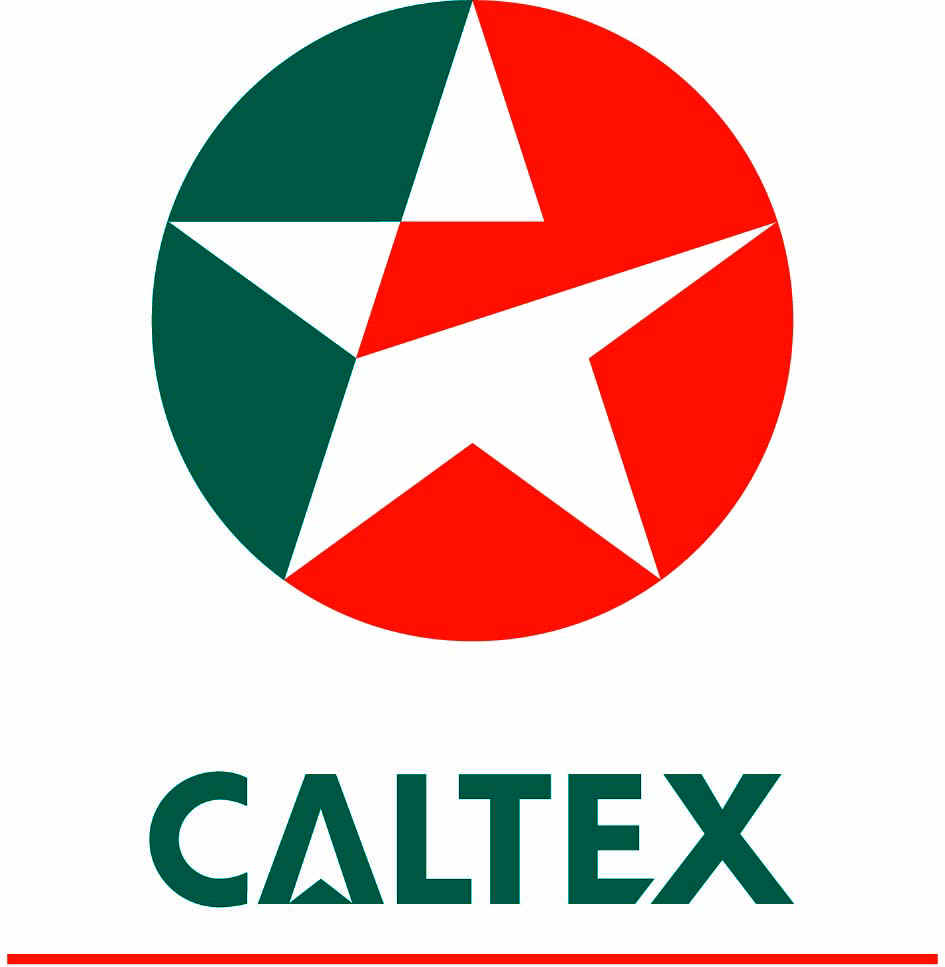Social marketing is one of the many methods that people use to really establish their business. So what is it? Social marketing is simply a fancy name for getting outside of your ecommerce website and establishing relationships in an effort to gain business. So for example, if you own a website that sells soccer jerseys, you maybe visit and interact with people who might be interested in those products. Spend time on coaching forums, find other coaches in the area and speak with them, interact and gain their trust is the key here.
This may sound like a lot of work for very little reward. However, I want to tell you a success story before you toss this to the wayside and forget about it. I am a big fan of scuba diving and when I first got into it I was really talking a lot about it on forums and things. I was looking for equipment, I was reading reviews, I was interacting with other scuba divers. I noticed there was one person lurking around always answering questions, was extremely helpful, and also sold equipment at fair pricing. I ended up driving down to his store just to buy from him. While I am only one person, there were hundreds of people buying from him based on his interaction and good service that he was offering through the scuba diving forum. It ended up about a year later I saw him on CNN money.com where he was stated as having one of the top 25 fastest growing web businesses. His small little company quickly became one of the top scuba diving shops nationwide. His business is bringing in several million dollars per year right now. It all started with word of mouth an interaction of others who would be interested in his product.
While you may not be as successful as he is with social marketing, you will definitely see other benefits to it as well. Most people want to buy from companies who have a personal feel to them, but also from those who know what they are talking about. If you have a good understanding of the products you are selling, then you are very likely to establish yourself as a leader in the industry. When people think of you as such, they will be more inclined to listen to you, and buy from you.
If you are still unsure of exactly where to go to get started, then you should not worry too much. I mentioned the power of social marketing through forums above, but forums are not the only platform that you can use. As far as the internet goes, Twitter, Facebook, and MySpace are equally as good platforms. The key here is to go where the people are that might be interested in what you are selling. You do not want to jump in there and just start advertising. Introduce yourself, maybe throw in a link to your website every now and then if you think people are interested in what you are saying, but interaction is more important than the actual link. Eventually, people will come to you rather than you going to them. This is simply an act of making the first step to becoming more visible and establishing friends within a community that can refer you other customers.
The time in which it takes to see results from social marketing can vary. The scuba community is actually rather small in comparison to some other markets. So presenting yourself as a friend but also a leader within the community can take time. For some it happens quickly, others it is a much slower process. Always keep in mind here that you are interacting with potential customers and always act professionally. This will be beneficial in how others perceive you. A little leg work can go a long way.
Blue Ocean Strategy: How to Create Uncontested Market Space and Make Competition Irrelevant









